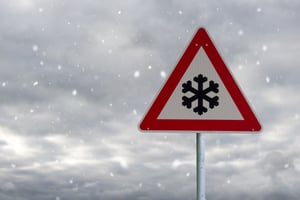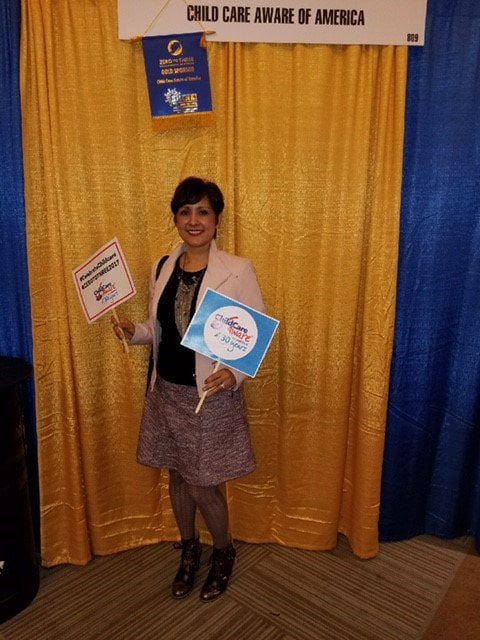
With winter right around the corner and temperatures dropping fast, this is the perfect time to prepare for a possible winter emergency. Many people love the idea of a few inches of fluffy snow falling from the sky, but all too quickly, that few inches can morph into the winter storm of the year. Fortunately, there are many things you can do to ensure that you and your loved ones will be ready for and safe if severe weather strikes.
Before a Storm Strikes
1) Assemble an Emergency Storm Kit
Be sure to include:
- Water, minimum of one gallon per person per day
- A first aid kit,
- Prescription medications,
- Any special medical supplies you and your loved ones will need, e.g., inhalers, injections
- Infant supplies, if appropriate
- Important documents such as passports, insurance information, and prescriptions
- A fully-charged cell phone
- A battery-operated radio
- Small tools such as hand shovels that could be used for clearing snow from around tires
- Any other essential items your family may need (hygiene items, comfort items for children, pet supplies)
2) Develop and Practice an Emergency Plan
No one can predict exactly what will happen during a winter weather emergency. Even so, developing and practicing an emergency plan will provide you with some guidance if a storm hits. Begin with a map of safe locations family members can meet at in the event you become separated. Additionally, include items that aid in resuming normal everyday life, such as insurance information or precious heirlooms.
3) Unplug Electronic Equipment
Unplugging electronics is the only way to ensure electrical appliances, computers, etc. will not be damaged in the event of a storm. If your power goes out, this would also protect your electronics after a storm, because as power is being restored fluctuations and surges in electricity could also damage equipment.
4) Figure Out How You Will Stay Warm
You will need an alternative heat source such as a fireplace, wood stove, or generator if your power and central heating goes offline. Remember to keep all children and pets away from open flames, avoid using a gas range to heat rooms. Generators should only be used outside, or in well-ventilated areas such as garages. If you do not have an alternative heat source available, have extra blankets, sleeping bags, and warm winter coats on hand. Additionally, open curtains to allow natural heat from the sun warm rooms during the daytime, and close shades at night, to conserve all available heat.
5) Make Sure Your Electrical Provider Has Up-to-Date Contact Information for You
If the electric utility has current information, it will make it easier to get power restored to your home or neighborhood. Also make sure you have the electric company’s phone number handy. Communicating with the company following severe weather can alert workers to any hazards or additional obstacles that could slow down the restoration process.
Additional Tips
As the snow begins to pile up, keep areas around your home or neighborhood clear. Make sure to remove snow from outside appliance vents. And clear snow away from key access points to your home, such as doors, sidewalks, and low-lying windows.
While clearing snow, it is important to remember to take frequent breaks to avoid overexertion. Heart attacks are a major cause of death in the winter, and often are caused by overexertion. According to WebMD, while on average more than 11,000 adults and children are sent to the hospital every year from shoveling-related injuries, adults over 55 are 4.25 times more likely to have heart-related symptoms while shoveling. When and if conditions allow, check on elderly, homebound, and at-risk neighbors in your community.
Proper preparation and planning is essential to staying safe as the winter months approach. If you begin by following these five steps, you can ensure your family and loved ones remain safe. You can never be too prepared—so begin today!






